I have a flat text file that is headerless (I have the layout of fields), comma delimited, that is also quoted identified. The file unfortunately contains >3000 characters of whitespace immediately following the final field in the record set. This is true for all records.
Example record:
"Stuff","Things","No","","000000000.00","000000000.00"," " <-(>3000 whitespace)
I'm currently just trying to get the data into a disk table in SQL Server via SSMS import file wizard just to start profiling the data to ensure my final table is type/sized accordingly. Here is what the preview pane looks like:
Even if I explicitly ignore the fields it wants to apply for the final field and the white space, the import fails on the final field, claiming it couldn't be found.
I've already requested a cleaner file, however I would like to know what to do in the future as a work around while waiting for a cleaner file.
I am open to an SSIS solution, however an SSMS import solution would also be appreciated for just getting data from a file such as this into a temp table to play with the data.
Thanks
